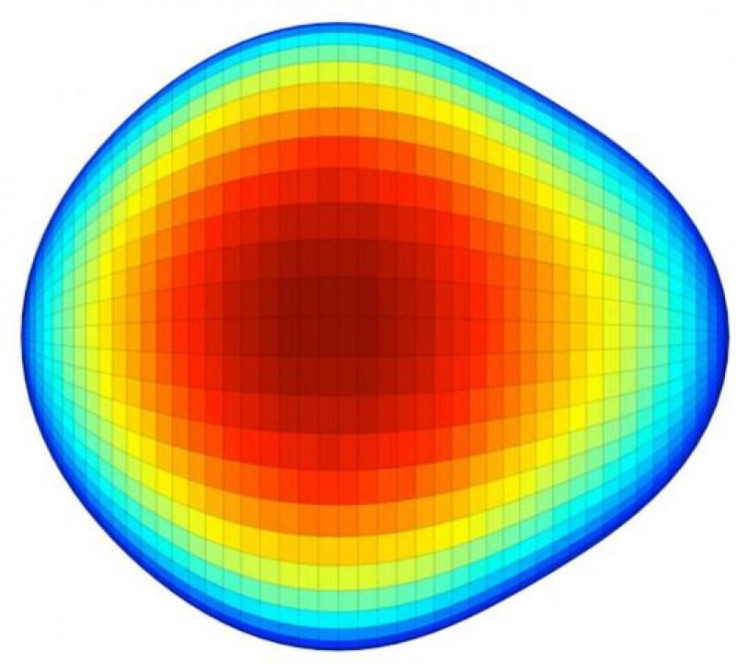Pear-Shaped Nucleus Could Dash Time-Travel Hopes, New Study Claims

Scientists based in Scotland have discovered that the nuclei of some atoms are not symmetrical, challenging some of the fundamental concepts of physics that explain our universe.
“We’ve found these nuclei literally point towards a direction in space. This relates to a direction in time, proving there’s a well-defined direction in time and we will always travel from past to present,” Marcus Scheck from the University of the West of Scotland told BBC News.
Most of the fundamental theories of physics are based on symmetry. That symmetry dictates that the nuclei of atoms can be one of just three shapes—spherical, discus or rugby ball.
However, Scheck and Professor Peter A Butler of the University of Liverpool have discovered a fourth form of nucleus — pear-shaped.
They first discovered the pear shape in the nucleus of the isotope Radium-224 as a part of an international effort that also involved researchers from the United States, France, Germany, Belgium, Finland, Switzerland, Spain, Poland and Sweden in 2013.
A second study of the nucleus of Barium-144, led by Ching-Yen Yu from the Lawrence Livermore National Laboratory in California, has confirmed the earlier finding.
“Further, the protons enrich in the bump of the pear and create a specific charge distribution in the nucleus,” Scheck said. “This violates the theory of mirror symmetry and relates to the violation shown in the distribution of matter and antimatter in our universe.”
In other words, a pear-shaped nucleus points to why our universe contains so much more matter than antimatter, raising doubts about an aspect of the Big Bang theory that states that the Bang created equal amounts of matter and antimatter.
As for time travel enthusiasts, Scheck said that this uneven distribution of mass and charge causes Barium-144’s nucleus to point in a certain direction in space-time. This could explain why time seems to only go from past to present, and not backward, even if the laws of physics are undetermined on the outcome.
The experiment will now be repeated by a team led by Scheck at the Isotope Separator On Line Detector (ISOLDE) facility at CERN in Switzerland. As ISOLDE can produce Barium-144 nuclei in huge amounts, it will come in handy in discerning whether the nuclei were even more pear shaped than had been expected by the initial measurements.
The discovery could be yet another indication that the universe might not be as symmetrical as the Standard Model of Physics requires it to be, ushering the world into a whole new era of theoretical physics.
The study has been published in Physical Review Letters .
© Copyright IBTimes 2024. All rights reserved.












